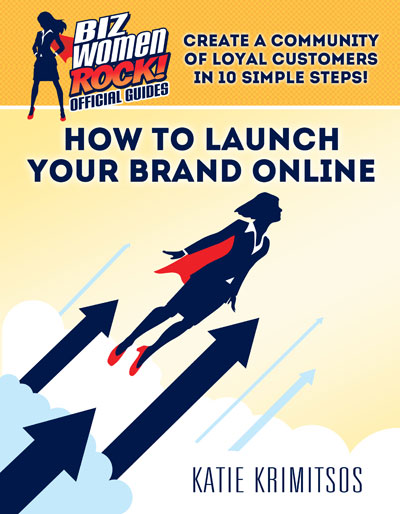
The Holy Grail of Startup Marketing: Search, Social and Content
Where do you start, with marketing, when you’re about to launch your product or service? This is possibly the most asked question when it comes to startup marketing, and one Guy Kawasaki once famously weighed in on, saying, “Sales fixes everything.”
Certainly, in today’s context, that’s true: Sales is about driving inbound leads to your business. But Kawasaki also added this: “If you have more money than brains, you should focus on outbound marketing. If you have more brains than money, you should focus on inbound marketing.”
So, where should you begin? Three of the most important channels to consider if you want to drive traffic to your product’s website and increase sales, are Search, Social and Content.
It’s not one or the other, but all three that you must do simultaneously to get maximum benefits. The reason: They’re all interlinked and often you’ll have to use one channel to help amplify the other:
Search
Organic search still makes up about 64 percent of referral traffic to a website. Accordingly, SEO or search engine optimization continues to be relevant to your marketing efforts because content marketing alone will not rank you higher in Google searches; your content needs to be as well optimized for search as as your website.
There are two core SEO components to pay close attention to: on-page and off-page optimization.
On-page optimization: If your website is slow to load, is not optimized for mobile and isn’t providing a good user experience (high bounce rate), you’ll be left wondering why your website doesn’t draw organic traffic from Google. Google wants the best possible experience for users — meaning that people who are looking for something should arrive at their desired result in the least amount of time. This is how Google ensures that its own product remains relevant to its huge user base.
But if your particular website isn’t relevant to a user searching for the keywords you’re optimizing for, or if users are hitting the back button in their browsers the moment they land on your site, Google will ensure it doesn’t come up in user searches for those terms.
Off-page optimization: Once you’ve ensured that your website is well optimized, you need to start building an authority for your domain and its pages. Domain Authority (DA) is a website metric developed by Moz. It is one of the most important numbers known to SEO. The greater your DA, the more likely you are to have strong traffic and high rank.
The most important off-page factor that influences your domain’s authority is your ability to get fresh and good backlinks to your website from higher DA websites (with a minimum DA score of 25) and, at the same time, get rid of bad links.
For a detailed understanding of how search works, download theBeginners Guide to SEO by Moz.
Social
The more that people share your content, the better it is for your Google ranking. Not just that: Creating viral content for social media also helps you get organic traffic from different social media channels where most of your audience is active.
Here are the important components that will help you leverage social in the most effective way to drive organic traffic, as well as aid in search rankings.
Selecting the right channel(s): Not all of your audience will be across all channels; you must pick one that engages the largest segment of your audience.
Creating a strategy: Once you identify what type of content that will most resonate with your audience, one that isn’t overtly self-promotional, you will find it easier to sustain and grow your fan following.
Be consistent: It takes time to build a strong loyal following in bigger numbers, and the only way to build one is to be consistent in your social media strategy.
Build a community: Once you successfully create a community, you will have a loyal following of highly engaged, targeted audience members whom you can market to (subtly) over a period of time. For instance, HubSpot created Inbound.org.
Don’t post only your own content: The last thing you want to be perceived as is someone who only blows his (or her) own horn. When sharing content across social media, keep a mix of curated content and your own.
Content
Content is at the heart of any marketing initiative — be it social media or your efforts to optimize for search. Across marketing channels, the one thing that your audience engages with is content.




Leave a Reply